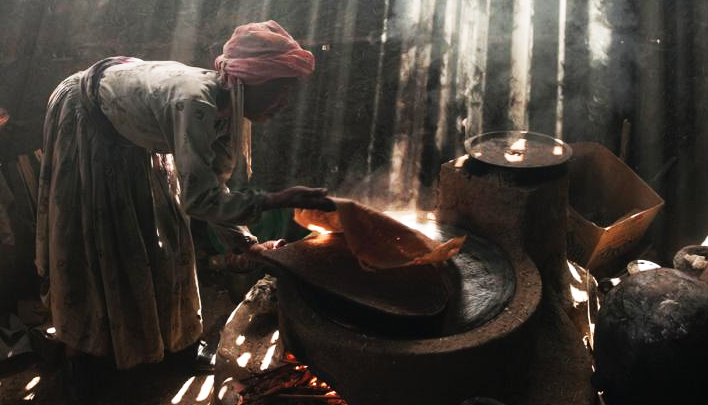Energy is a critical enabler. Every advanced economy has required secure access to modern sources of energy to underpin its development and growing prosperity. In developing countries, access to affordable and reliable energy services is fundamental to reducing poverty and improving health, increasing productivity, enhancing competitiveness and promoting economic growth. This is because it is essential for the provision of clean water, sanitation and healthcare, and provides great benefits to development through the provision of reliable and efficient lighting, heating, cooking, mechanical power, transport and telecommunication services.
Modern energy services enhance the life of the poor in countless ways. Electricity provides the best and most efficient form of lighting, extending the day and providing extra hours to study or work. Household appliances also require it, opening up new possibilities for communication, entertainment, heating etc. It enables water to be pumped for crops, and foods and medicines to be refrigerated. Modern cooking facilities have the potential to significantly reduce the daily exposure of households (particularly women and children) to noxious cooking fumes – helping to avoid premature deaths caused by indoor air pollution. They can also help remove the burden of spending hours every day travelling long distances to gather fuelwood. And modern energy can directly reduce poverty by raising a poor country’s productivity and extending the quality and range of its products – thereby putting more wages into the pockets of the deprived. For instance, mechanical power can benefit agriculture (ploughing, irrigation) and food processing (otherwise, a laborious and time consuming job), textiles and other manufacturing.
Each year, 4.3 million premature deaths can be attributed to household air pollution resulting from the traditional use of solid fuels, such as fuelwood and charcoal. This figure is much higher than previous estimates, primarily due to the inclusion of new diseases, such as cardiovascular disease and lung cancer.
The international community has long been aware of the close correlation between income levels and access to modern energy: not surprisingly, countries with a large proportion of the population living on an income of less than $2 per day tend to have low electrification rates and a high proportion of the population relying on the traditional use of biomass for cooking. Despite the importance of these matters, billions of people continue to be without basic modern energy services, lacking reliable access to either electricity or clean cooking facilities. This situation is expected to change only a little by 2030 unless more vigorous action is taken.

